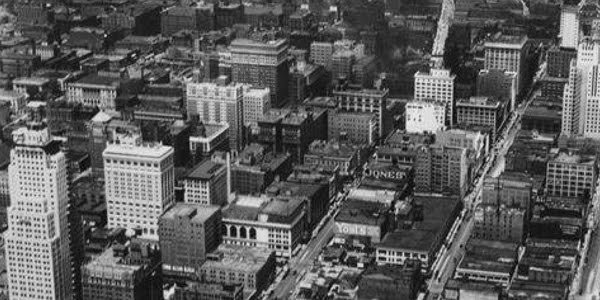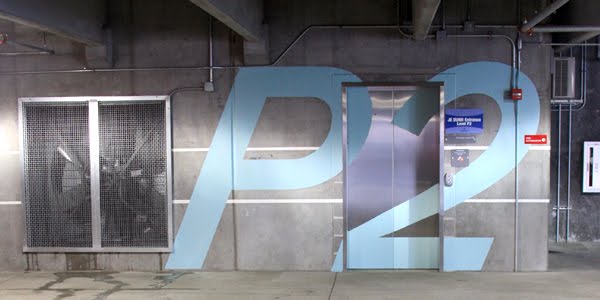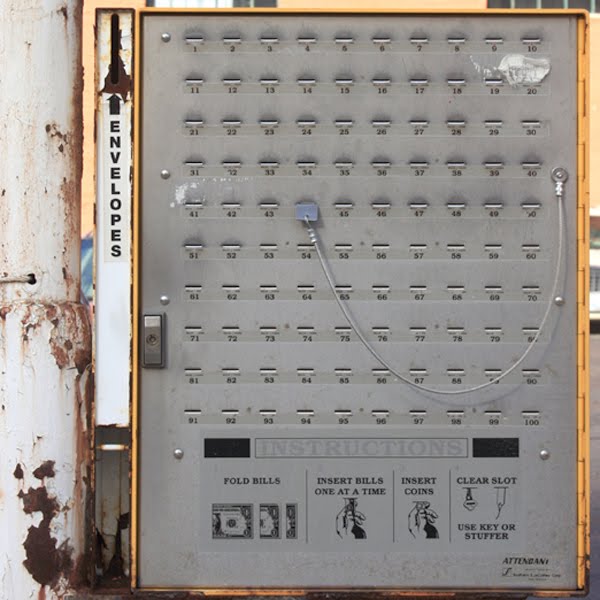>
AGENCY is contributing an ongoing feature on the effects and potential of automotive culture in Kansas City to the new hyperlocal news source, KCFreePress. Our introduction is available to view online, and expanded below.
COMMUTER CITY
by Ersela Kripa and Stephen Mueller
Kansas City’s urban core has systematically been relegated to the automobile, at the expense of pedestrian safety and urban density.
Over the last 75 years, Kansas City has transformed from a dense, walkable, urban fabric to one that focuses on the ease of commute and commerce afforded by the automobile and its various urban proxies. Parking decks, garages, and surface lots are matched only by lanes of limited access highway in providing a recognizable image of the city. Historic landmarks, office buildings, and notable centers of exchange and commerce have slowly given way to the needs of the car and the exurban commuter, demolished to provide space to house the increasing number of cars visiting the city each day.
While the slow degradation of Kansas City’s urban core is nothing new to the American city, here it is hyperbolically intertwined with the history and future of automobile culture, creating truly unique forms of urban interaction unforeseen by the planners of pedestrian cities centuries ago.
In an attempt to reclaim an architectural image of the city, new structures mirror the speed and scale embodied by the car, with dynamic and iconic forms easily recognizable against the skyline from the city’s high-speed transit corridors. Lavish attention is given not only to the design of new structures for public and civic interaction, but to the parking structures that help deliver the public to these venues. Some of the most innovative structural and aesthetic achievements of the addition to the Nelson Atkins Museum of Art are found, not in the luminous volumes scattered in the lawn, but in the subterranean parking garage, where light bounces through an artwork in the reflecting pool above and dances across concrete “wave tees”, celebrating automotive arrival. Various garages in the Central Business District show more thought and care to their proportioning and facades than most commercial buildings, blurring the distinction between spaces for the human and spaces for the car. Other garages become artworks themselves, transformed into full-height murals and iconography, like the now-famous “Bookshelf” garage at the Public Library.
The emphasis on automobile urbanism in the city has a long legacy in the conception and transformation of Kansas City’s urban fabric. From the onset of automobile travel in the United States, the city has been at the leading edge of infrastructural development for the car. The stretch of I-70 connecting Kansas and Missouri was one of the first completed sections of the national interstate system. Kansas City currently leads the nation in lanes of limited access highway per capita, exceeding second-place Dallas by over twenty percent.
With so much historical attention to the development of high-speed access in and around the city, the needs of the car have begun to outweigh the needs of the citizen, permeating everyday social life to an unmatched degree. Residents choose areas of the city with quick access to highways, often commuting long distances to or from the city each day to work. Shopping and entertainment choices are increasingly based on proximity and cost of public parking, with each new attraction obliged to provide more spaces for cheaper costs than its neighbors and competition.
In the weeks and months ahead, we will investigate the past, present, and future of automobile urbanism in Kansas City, outlining its precedents, manifestations, and effects on urban and archiectural culture, elaborating on the pitfalls and possibilities afforded by a culture in motion. We hope you join us for the ride.
This article originally appeared on kcfreepress.com.
PARKING DISTRIBUTION, DOWNTOWN KANSAS CITY
(orange) public parking; (light orange) private parking; (light green) public park; (gray) building










